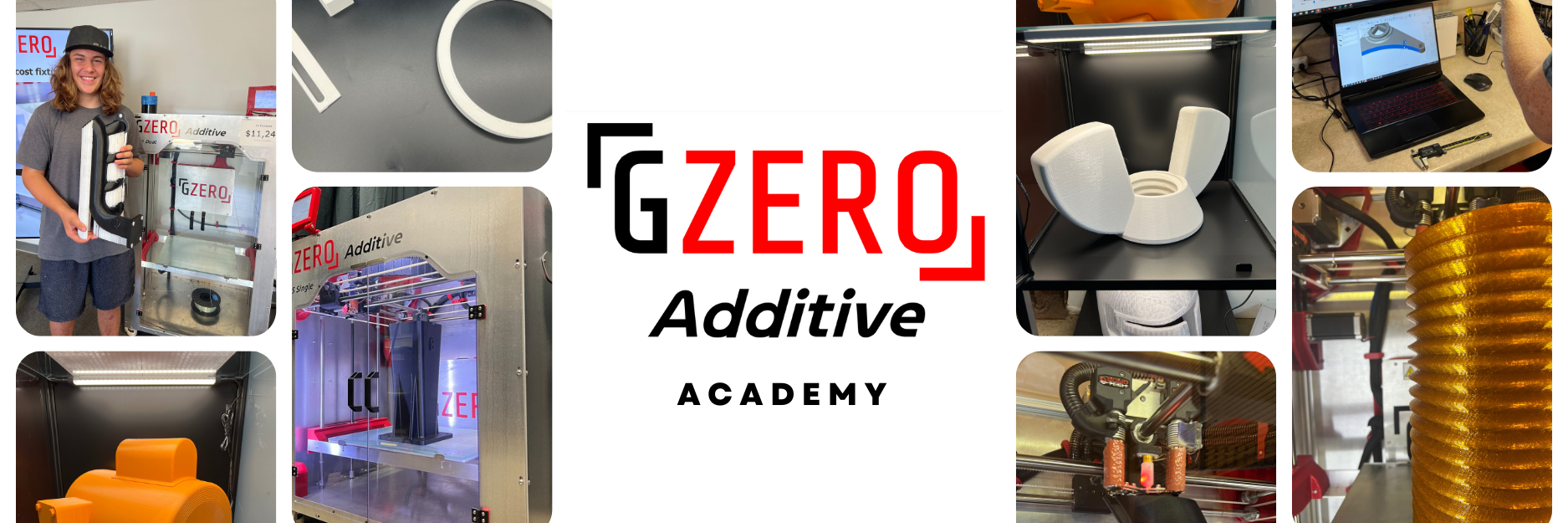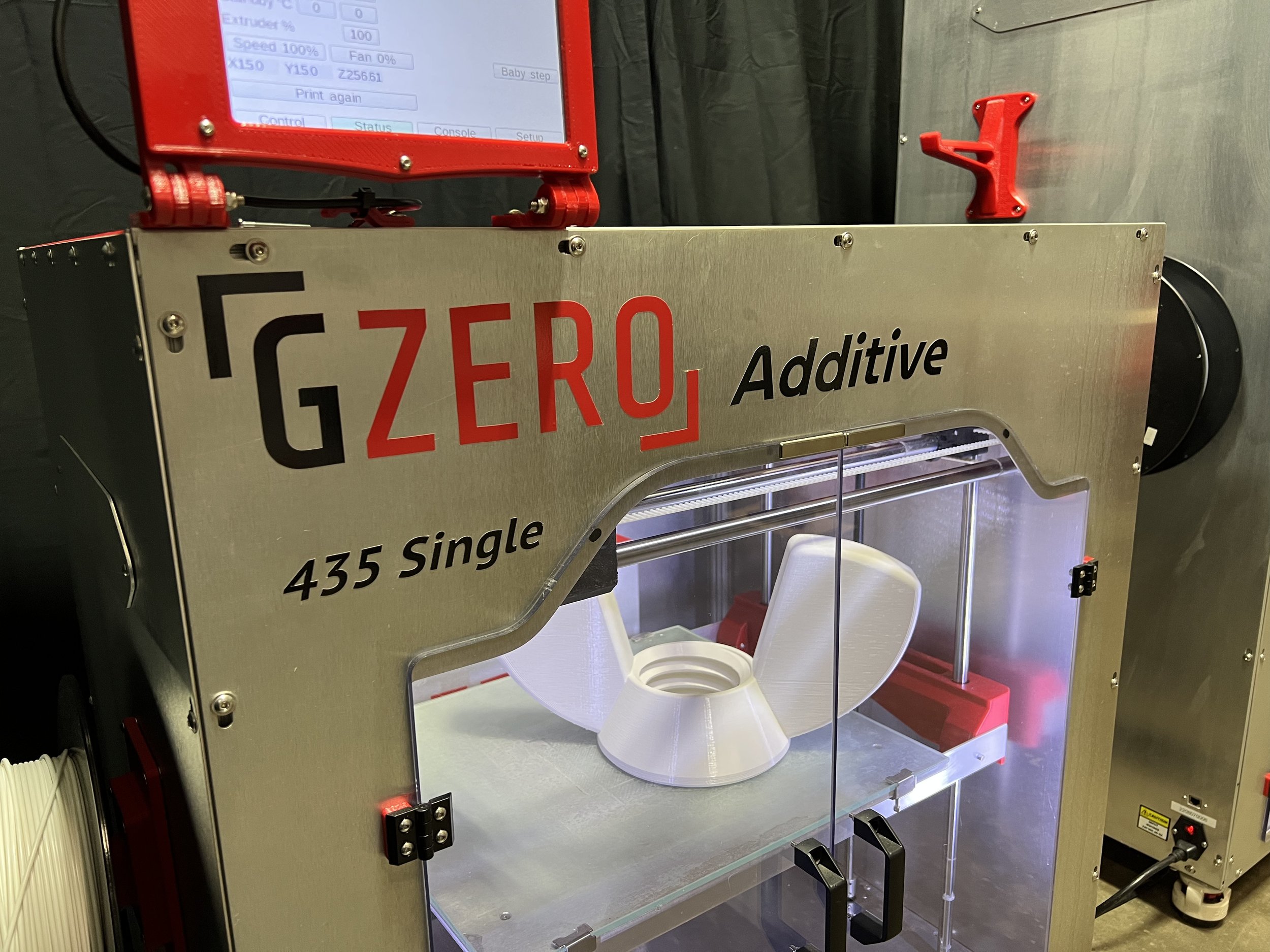Articles
GZERO Additive Academy
Select topic:
Resource: Materials Deep Dive
Learn about the various materials supported by GZERO Additive 3D printers including advantages, disadvantages, and what applications are best suited to each material.
Tips & Tricks: Bonding Multiple Prints Together
Sometimes it is not feasible to 3D print an entire object at one time. Due to overhanging geometry, loading direction, or simply size, some parts must be split into multiple sections. Good bonding practices are critical to ensuring proper part fitment and bond strength.
3D Printing Application: The coolest project of 2024 (so far)
3D printed tooling leverages many of 3D printing's advantages. Learn about a unique application that illustrates how this can be useful to produce parts in the real world.
Resource: 3D Printing Glossary
GZERO Additive’s 3D Printing Glossary covers the materials, software, hardware, and jargon used in 3D printing that a beginner needs to know.
FAQ: Will 3D printing replace traditional manufacturing?
3D printing is good at making a lot of different kinds of parts, and very good at making parts for certain specific applications. This compliments traditional manufacturing very well in specific areas. Learn more in this article.
FAQ: Where is 3D printing used most often?
3D printing is used where it has advantages over traditional manufacturing methods. Learn more about how to leverage 3D printing's advantages and some of the most successful industry applications.
FAQ: Can 3D printing filament go bad?
All 3D printing filament absorbs moisture from the atmosphere. Learn about proper material storage and which materials need the most help.
FAQ: How does 3D printing work?
3D printing is the process of creating a physical object by adding material, usually in layers, until a part is built. There are several steps between thinking of an object and holding a 3D printed version in your hand. This article covers the basics of that process.
FAQ: What 3D printing software to use?
There are two main types of software involved in 3D printing- Computer Aided Design (CAD) software and slicing software. Learn about how the two fit into the 3D printing process and our recommendations for each.








